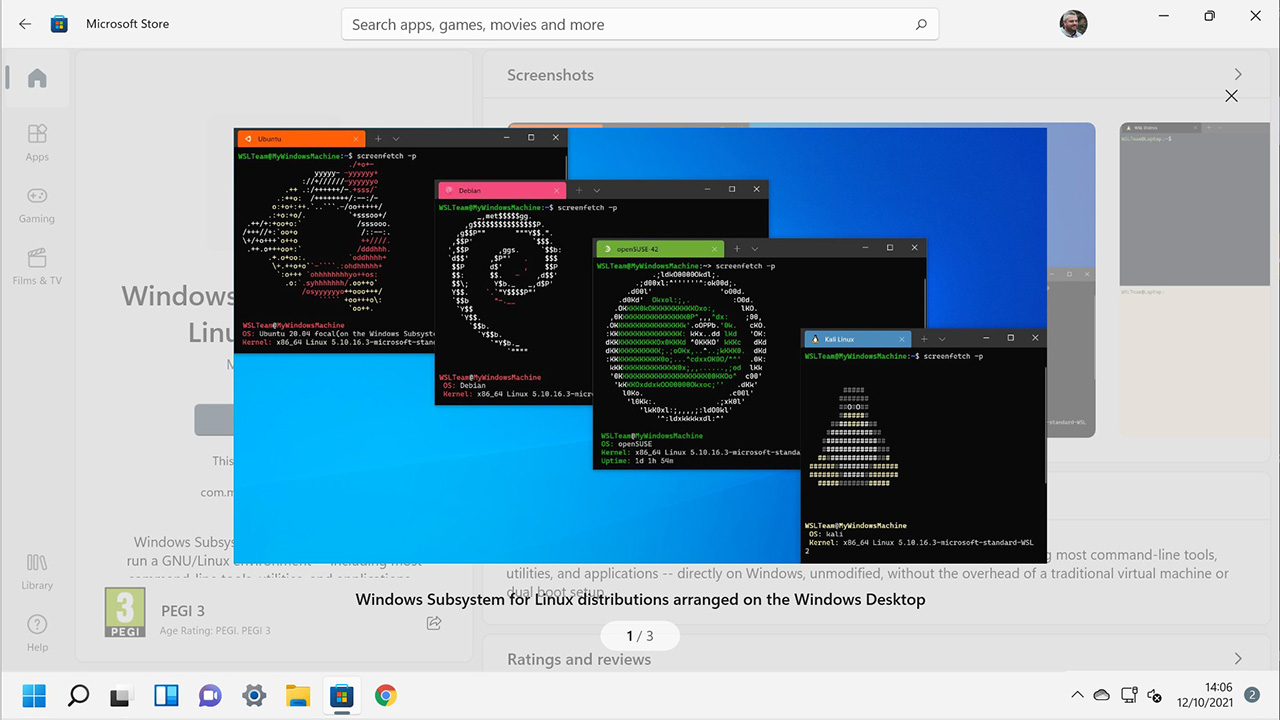

- #LINUX BASH SHELL FOR WINDOWS TOMS HARDWARE HOW TO#
- #LINUX BASH SHELL FOR WINDOWS TOMS HARDWARE INSTALL#
- #LINUX BASH SHELL FOR WINDOWS TOMS HARDWARE FULL#
- #LINUX BASH SHELL FOR WINDOWS TOMS HARDWARE WINDOWS 10#
- #LINUX BASH SHELL FOR WINDOWS TOMS HARDWARE SOFTWARE#
More than multiple IP addresses and aliases, is there some other special cases. I did not find any example where a hostname resolves to an alias that does not resolve to an IP address, but I think the case might occur. $ host is an alias for is an alias for has address 74.125.39.147 Of course, the case where an alias has a single IP address is possible, as shown below: $ host g.g.is an alias for address 207.46.19.190īut can aliases be chained? The answer is yes: $ host is an alias for an alias for g.g.is an alias for address 207.46.19.254 For more information on aliases, check here. So does not directly resolve to IP addresses, but to an alias that itself resolves to multiple IP addresses. Let's check the example below: $ host is an alias for has address 74.125.39.103 Below, an example with a hostname resolving to more than a single IP address: $ host has address 209.85.148.147īut what is This is where the alias case needs to be introduced. In this case (and others below), basic scripting under the assumption that a hostname directly resolves to a single IP address may break. This might be the only case where you need to resolve hostnames, but if not, below is a discussion on some cases that you might need to handle.Ĭhris Down and Heinzi briefly discussed the case where the hostname resolves to more than one IP addresses. The solutions given so far mostly work in the simpler case: the hostname directly resolves to a single IPv4 address. This resolves using gethostbyaddr/gethostbyname2, and so also will check /etc/hosts/NIS/etc: getent hosts | awk ''
#LINUX BASH SHELL FOR WINDOWS TOMS HARDWARE SOFTWARE#
If you rely on software that can only be run on Windows, running and testing Linux software without having to rely on a cumbersome virtual machine saves both time and resources.You can use getent, which comes with glibc (so you almost certainly have it on Linux).

Some software development tools are also only supported on Windows. Windows is still the industry standard for many fields – including graphic design and CAD.
#LINUX BASH SHELL FOR WINDOWS TOMS HARDWARE INSTALL#
It’s in the Windows Store, so search for it and install it. You can have a Powershell tab open next to a Bash Terminal it’s really nice. Windows Terminal supports things like tabs and custom configurations. There’s a better Terminal App now available – The Windows Terminal! The terminal which Ubuntu opens is a bit lacking, however.

When you launch Ubuntu, you’ll be dropped right into a Linux Bash environment in Windows – cool! Install the Windows Terminal (Optional) Launch the downloaded Ubuntu App by clicking ‘Launch.’Ī shortcut to Ubuntu will also be added to your start menu.
#LINUX BASH SHELL FOR WINDOWS TOMS HARDWARE FULL#
This “App” contains a full copy of Ubuntu for the Windows Subsystem for Linux – including the Bash shell, and a full Ubuntu command line environment. To install it, click ‘Get’ and wait for it to download. Next, open the Microsoft Store from the Start Menu, or search for ‘store.’
#LINUX BASH SHELL FOR WINDOWS TOMS HARDWARE WINDOWS 10#
Older releases of Windows 10 from before 2020 do not support the Windows Subsystem for Linux. Install Ubuntu From The Windows Storeįirst, make sure that your copy of Windows 10 is completely up-to-date. Scroll down the list and check Windows Subsystem for Linux, then press OKĬonfirm your selection, then allow your computer to restart to complete the installation. Next, click Turn Windows features on or off in the sidebar to the left. Then click on Programs and Features in the sidebar to the right. This is done from the Settings app – so open it up and then click on Apps. Install Windows Subsystem for Linuxįirst, you will need to install support for the Windows Subsystem for Linux in Windows 10.
#LINUX BASH SHELL FOR WINDOWS TOMS HARDWARE HOW TO#
Not everyone has the luxury of being able to install a Linux system due to relying on proprietary software released only for Windows.Īnyway, here’s how to get a Linux shell happening on Windows 10, courtesy of the Windows Subsystem for Linux. WSL is a great tool and allows you to pretty much run Linux software on windows as if you had never left Linux. If you must use Windows, use a version that still receives security patches! I’m not going to cover how to use WSL on older versions of Windows 10 or other methods for Windows 8/7/XP/3.1 because you shouldn’t be using outdated software. This tutorial is intended for up-to-date versions of Windows 10 from 2020 onwards. Here’s how to set up and use the Linux shell on Windows – using the Windows Subsystem for Linux ( WSL).


 0 kommentar(er)
0 kommentar(er)
